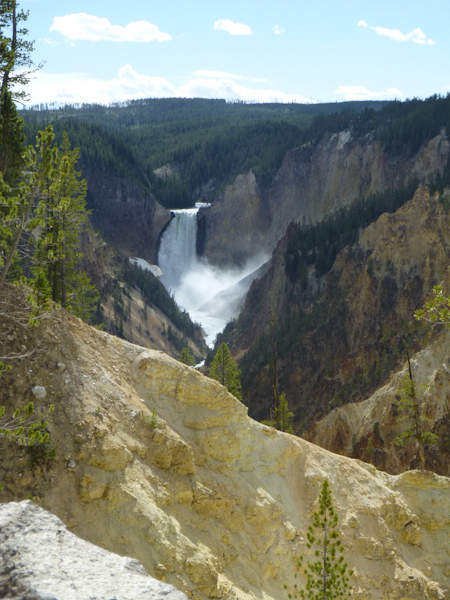

Mountains. As much as I love the ocean, I also love mountains, high elevations, and the unique light in these places. On a cross-country drive in 1993, we had been impressed by the central Rocky Mountains and the Continental Divide. But we had heard all sorts of wonderful things about the Rockies just a bit further to the north. So, when Eric chose, from a number of areas I had proposed, to spend our summer vacation this year in the northern Rockies, I was delighted. In addition to the main attractions in the area, Yellowstone and Glacier National Parks, he told me he wanted to see the Tetons, Craters of the Moon, and some of the route Lewis and Clark took.
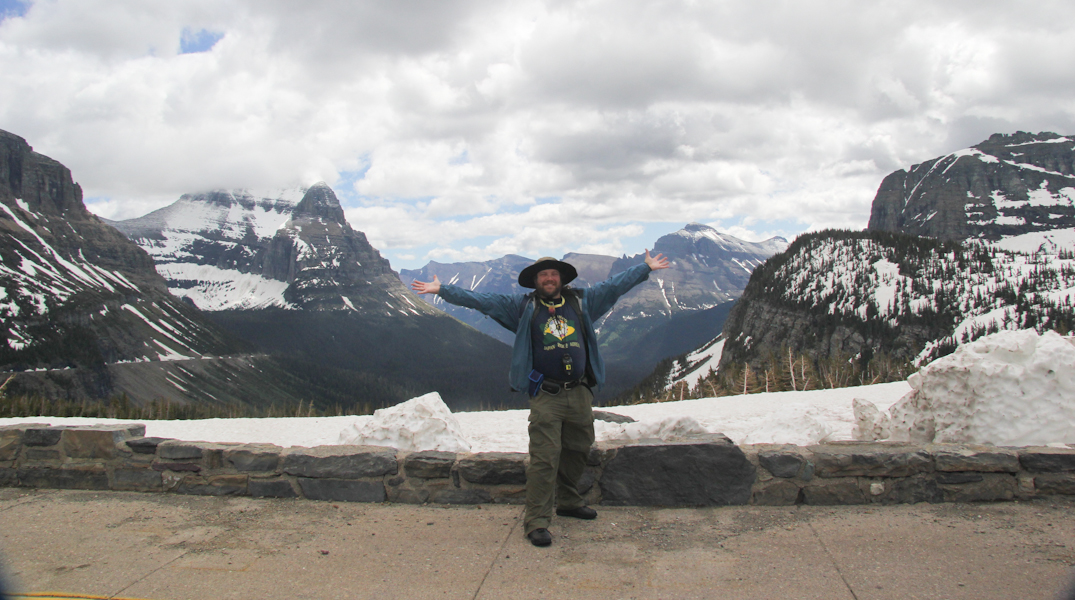
The trip had to be planned on six weeks' notice, while we were in the middle of an aggravating home remodel, which made it difficult to plan optimally. In a rather hasty ("Only one fare left at this price!") and ill-conceived plan (I found out later we could have just driven to the northern Rockies and saved a rather considerable sum), we decided to fly to Jackson Hole in Grand Teton National Park. We would rent a car and drive up US 89 through Yellowstone and the Lewis and Clark National Forest to Glacier, take a side trip into Waterton Lakes National Park in Alberta, then come down US 93 on the west side of Glacier, through the Bitterroot National Forest where Lewis and Clark crossed the Continental Divide, to Craters of the Moon, and then take US 20 and 26 through Idaho Falls back into Grand Teton.
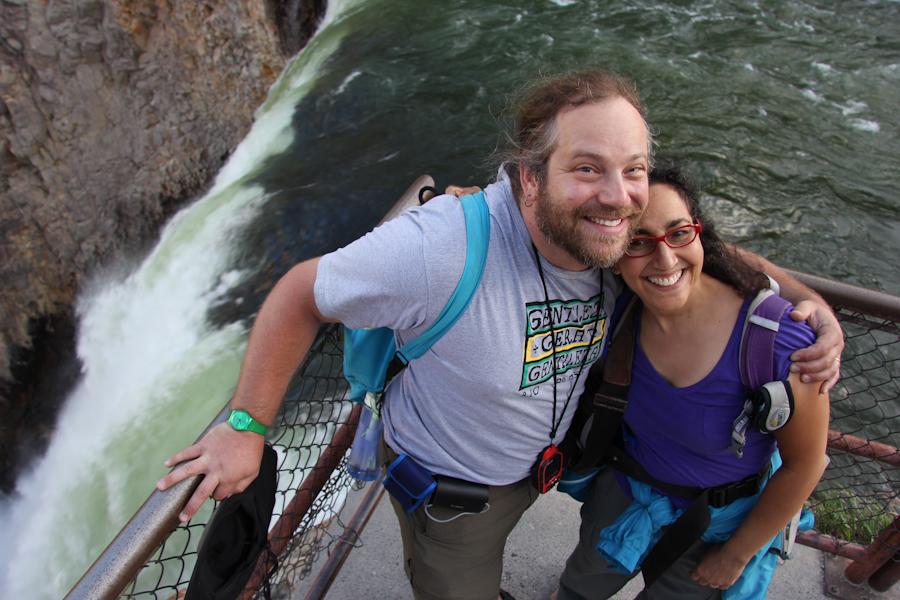
The scenery in this part of the country is unbelievable. The mountains, the waterfalls, the volcanic features, everything is incredible.
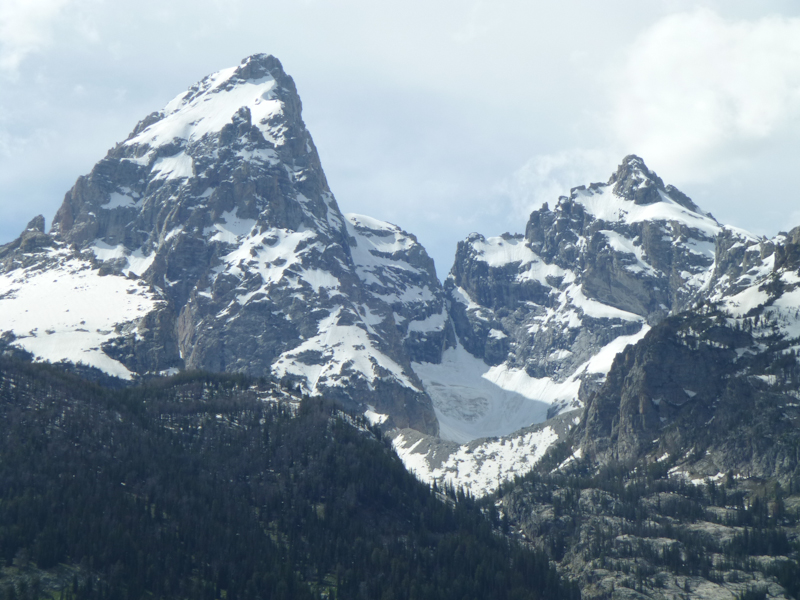
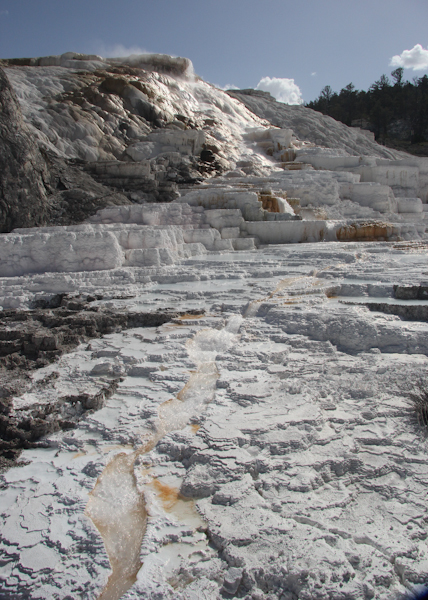
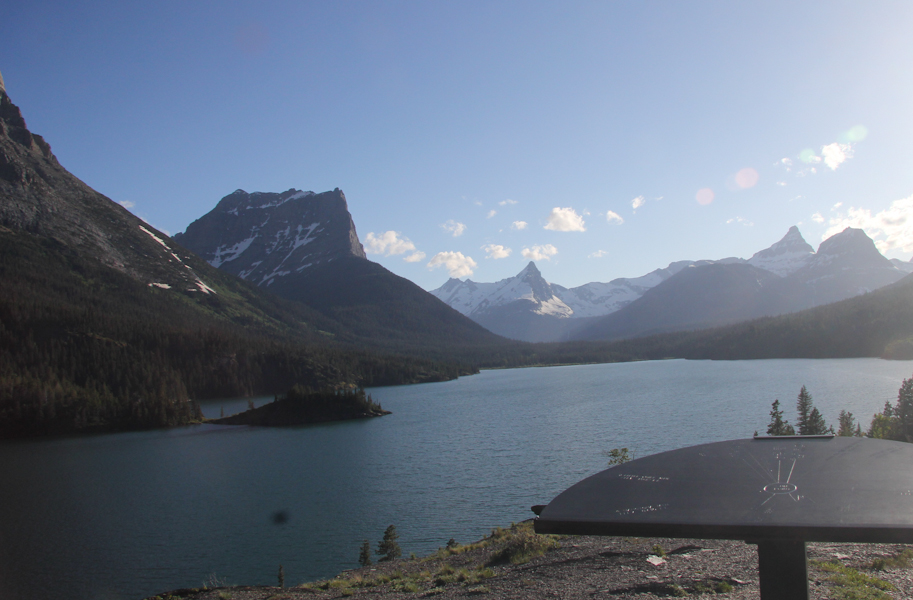
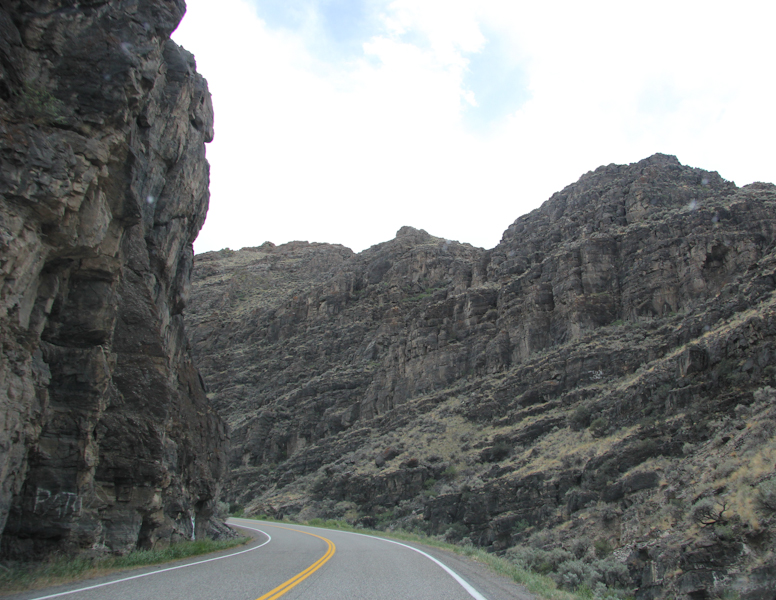
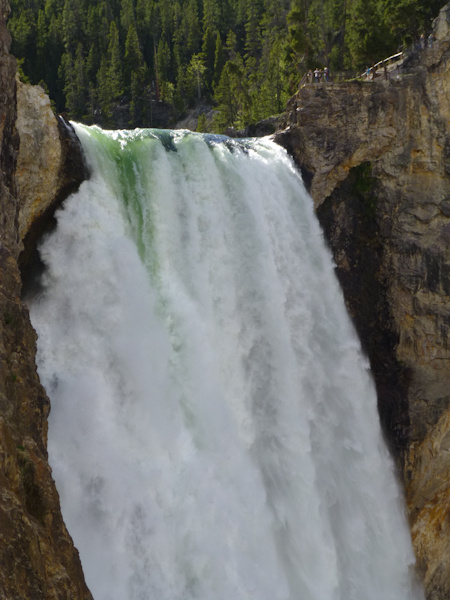
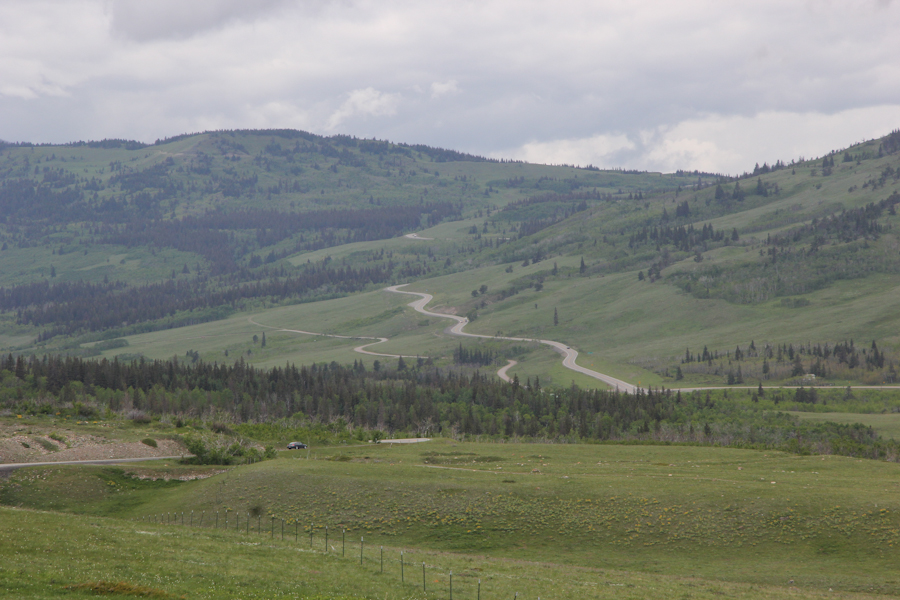
We have seen such a variety of landscapes, from the Tetons though the geysers of Yellowstone through the forests up into the snowy peaks of Glacier and Waterton, over the Bitterroots and down onto the lava of Craters of the Moon.
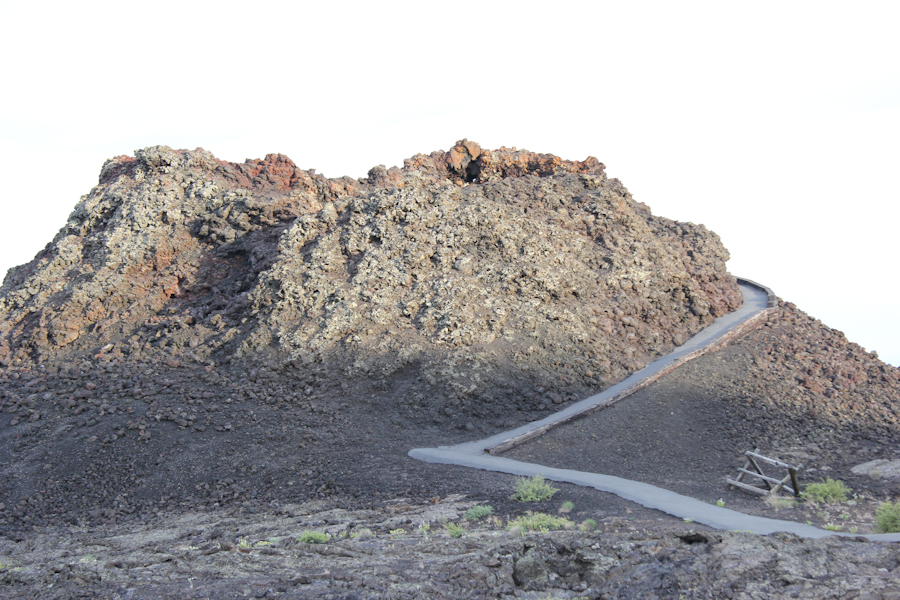
While we very much enjoyed seeing so many beautiful and fascinating things, the whole trip was marred by an underlying sense of frustration, a short-temperedness on each of our parts that would then affect the other one. We kept thinking it was because we wasted so much money on the plane flight, and the annoyances of the rental car and early restaurant closures. But, other than the waste of the plane flight (which isn't a terrible problem because our tax refund will pay for the entire trip), we had all of these problems in Hawai'i, and still had a wonderful time. What was wrong?
It was only when we got to our last stop, Craters of the Moon, that we figured out what was wrong. Lars had written to us that he had brought Mark to Craters of the Moon, and that Mark had been very proud that, even with his problematic lungs, he had been able to climb to the top of the Inferno Cone, at an altitude of over 1,800 meters. All of this geology, while wonderful and exciting, had been bringing back lots of memories of Mark, who sparked our interest in rocks and volcanoes. We are still feeling the pain of his loss very deeply. Surely Mark would not have wanted us to feel this way, and would have wanted us to have enjoyed our trip more. Probably, if we'd been able to figure out sooner what was wrong with us, we could have. Mark was always one of my most faithful readers, and I am so sorry that I will never be able to share these pages with him, or tell him about the trip. We miss him so very, very much.
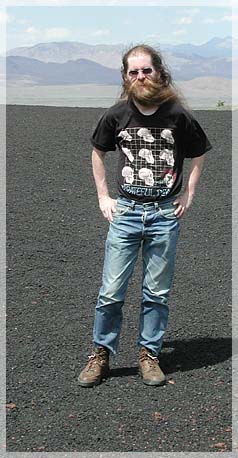
Grand Teton National Park, featuring some of the prettiest mountains in North America.
Yellowstone National Park, home of Old Faithful and many other geothermal features, the hottest spot in the largest volcanic system in North America (wikipedia).
Glacier National Park (and Waterton Lakes National Park), known less today for its shrinking glaciers and more for its stunning scenery and abundant wildlife.
Craters of the Moon National Monument and Preserve, another fascinating volcanic feature.
Total distance driven: 3,476 km
Total distance hiked: At least 35.5 km, much of it extremely steep Total caches found: 40
Special thanks to Eric for doing the almost all of the driving, making the production of this website possible.